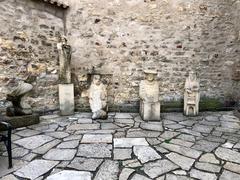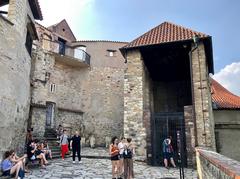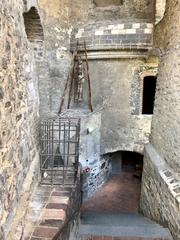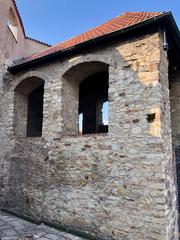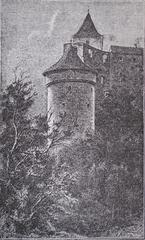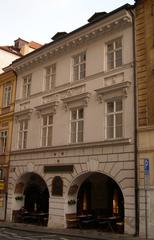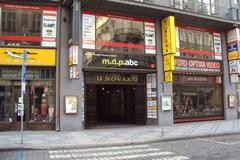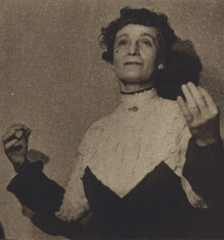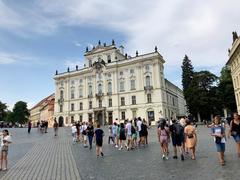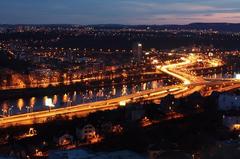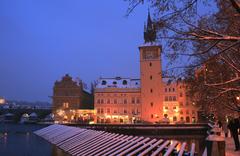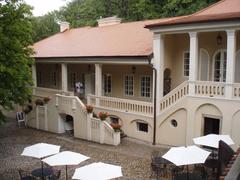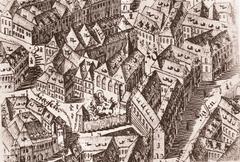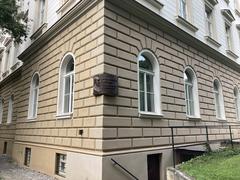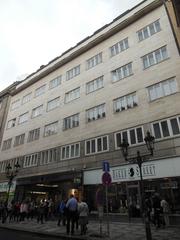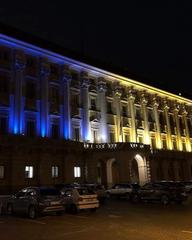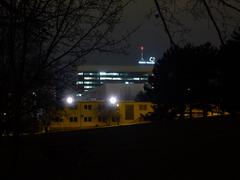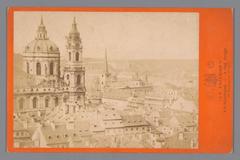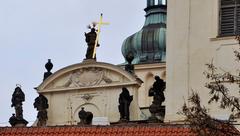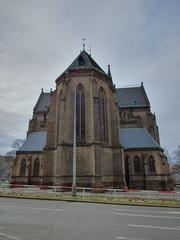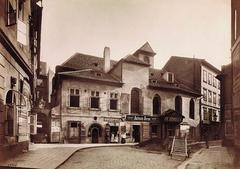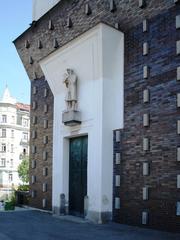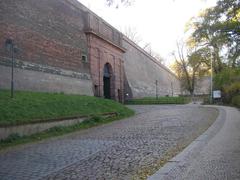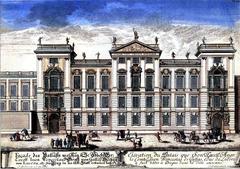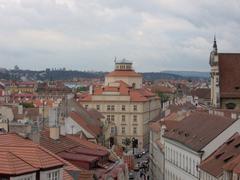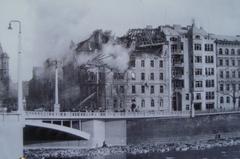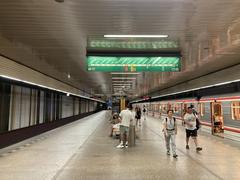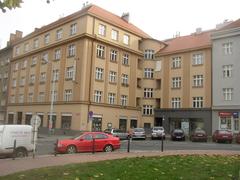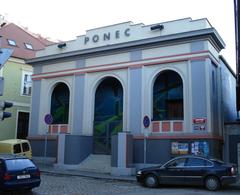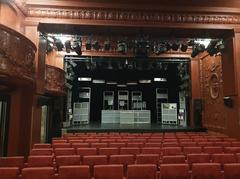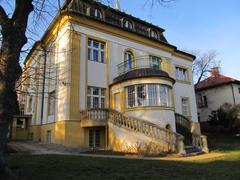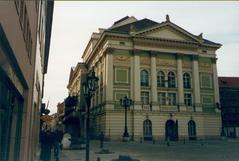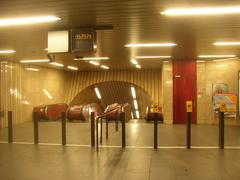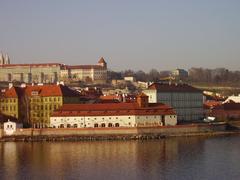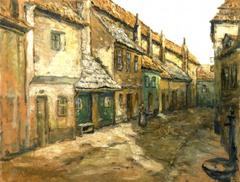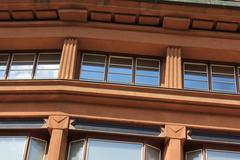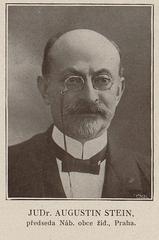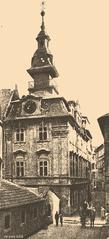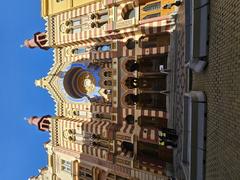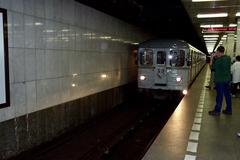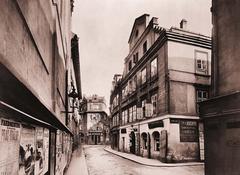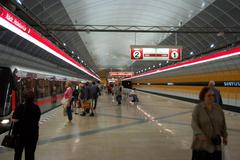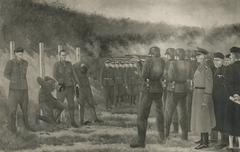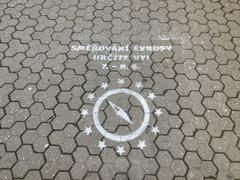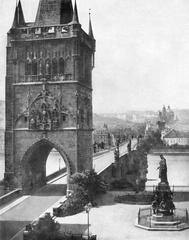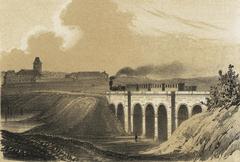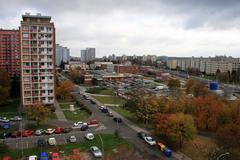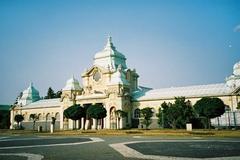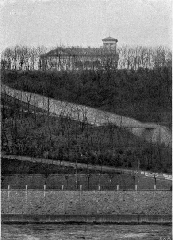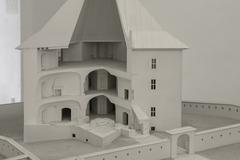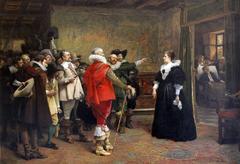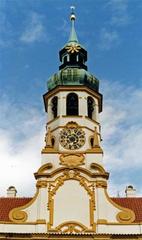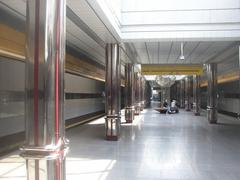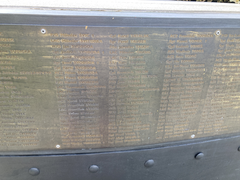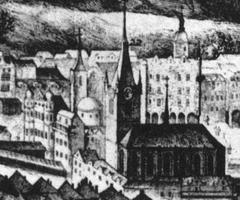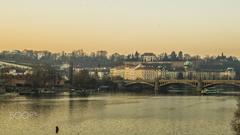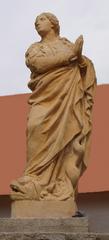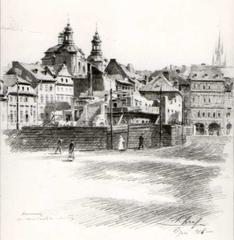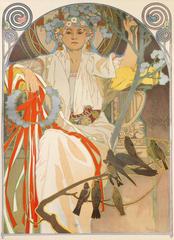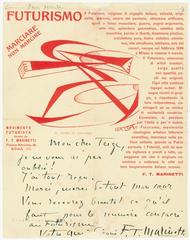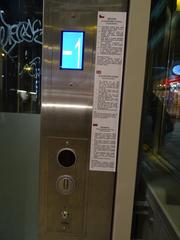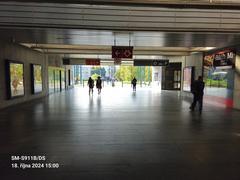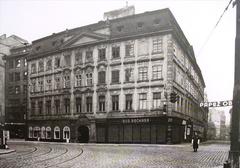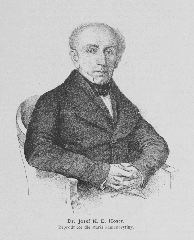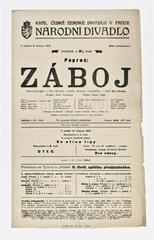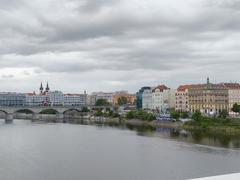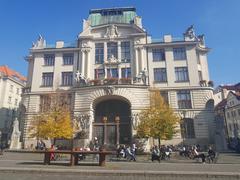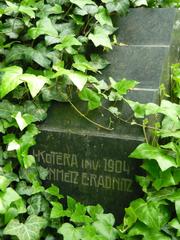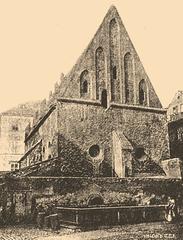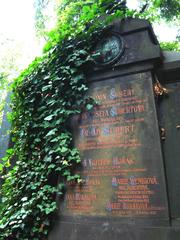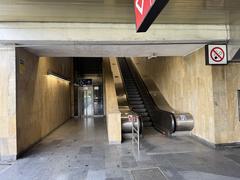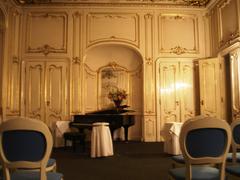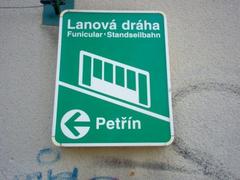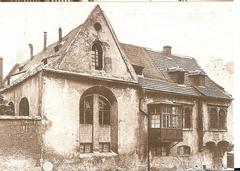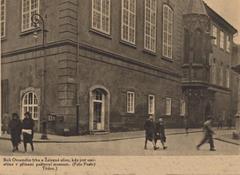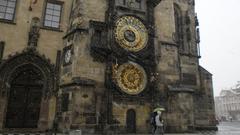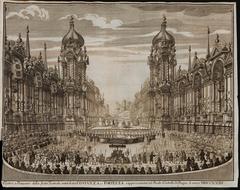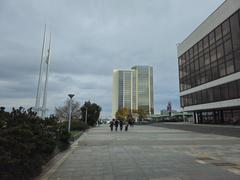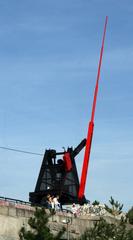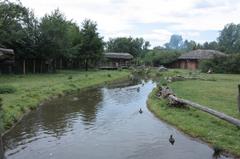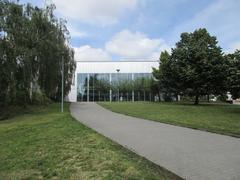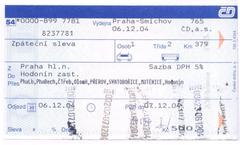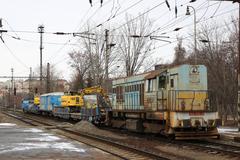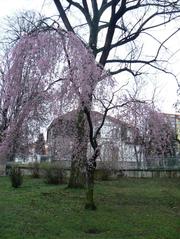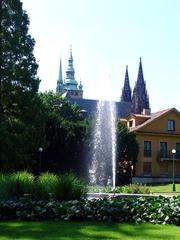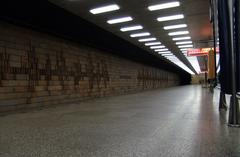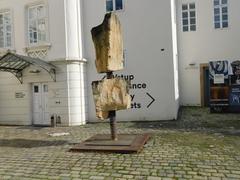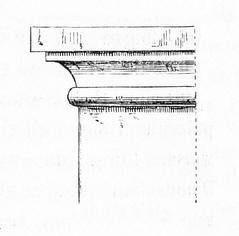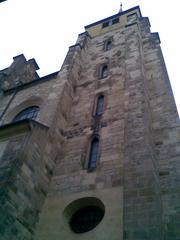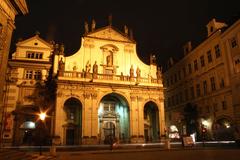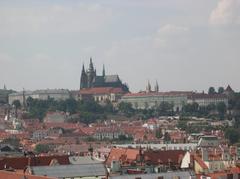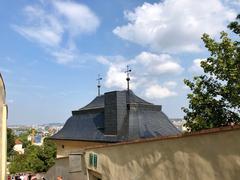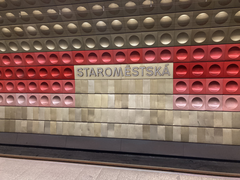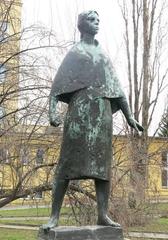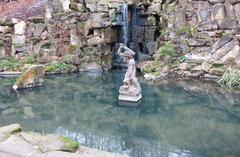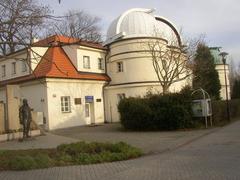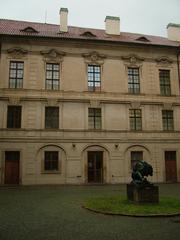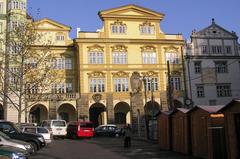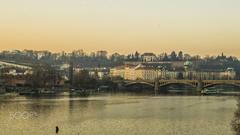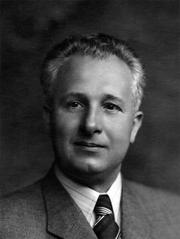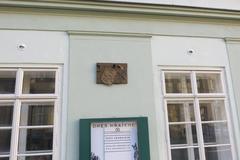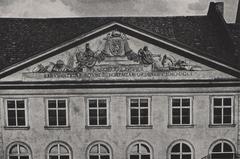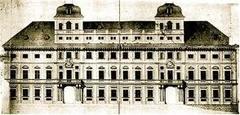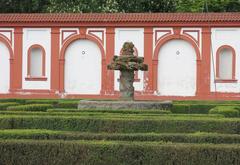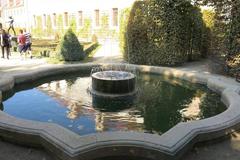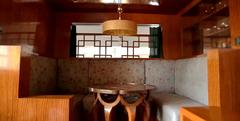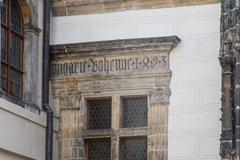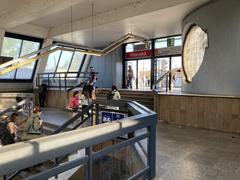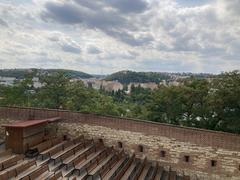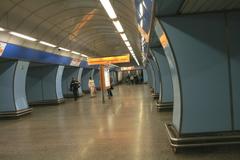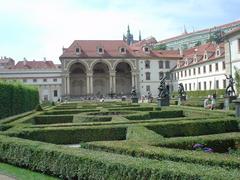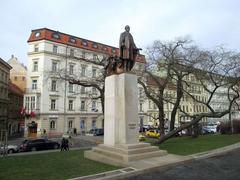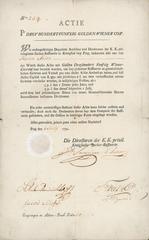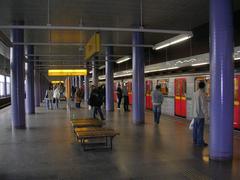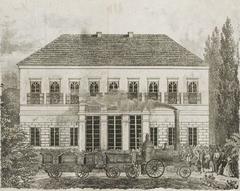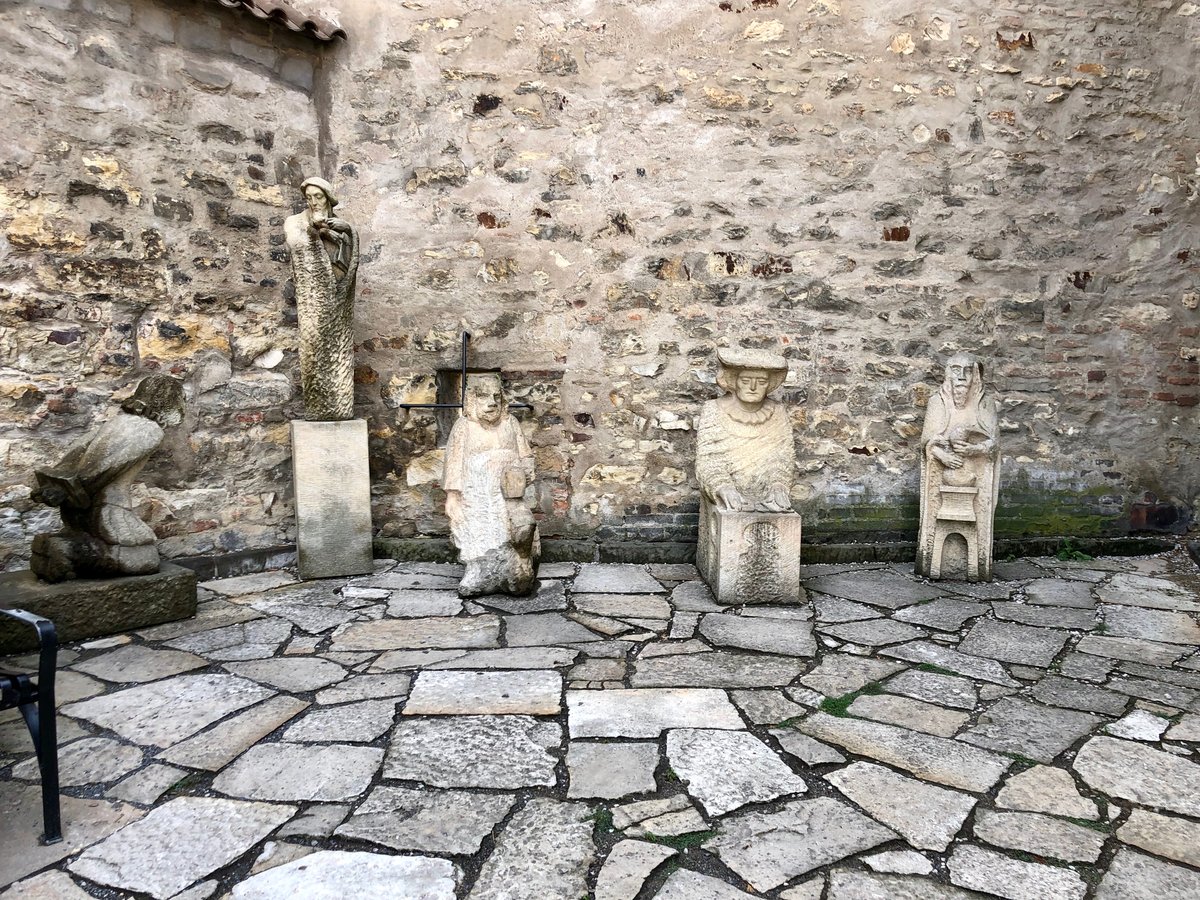
Visiting Daliborka: Tickets, Visiting Hours, and History
Date: 25/07/2024
Introduction
Daliborka Tower, an essential part of the iconic Prague Castle complex, offers a captivating journey through Czech history and culture. Constructed in 1496 during the reign of King Vladislaus II of Hungary and Bohemia, this cylindrical Gothic tower initially served as a robust artillery fortification. Its strategic significance quickly evolved as it became a notorious prison, housing notable figures like Dalibor of Kozojedy, whose poignant legend of violin playing during his imprisonment has been immortalized in Czech folklore and inspired the opera ‘Dalibor’ by Bedřich Smetana (View from Prague). The tower’s thick walls, narrow windows, and defensive architecture reflect the military engineering advancements of the late 15th century, making it a prime example of late Gothic architecture (English Radio). Visitors to Daliborka Tower can explore its storied past through various exhibitions, including displays of torture instruments and prison cells, providing a tangible connection to the historical events that transpired within its walls. The tower’s cultural significance extends beyond its architectural features, symbolizing the complex interplay between power, justice, and art in Czech history (Prague Guide).
Table of Contents
- Introduction
- Historical Background of Daliborka Tower
- Architectural Significance
- Cultural Impact
- Daliborka Tower Visitor Tips and Best Times to Visit
- Practical Information
- Nearby Attractions
- FAQ
- Preservation and Tourism
- Conclusion
Historical Background of Daliborka Tower
Origins and Construction
Daliborka Tower, an integral part of the Prague Castle complex, was constructed in 1496 during the reign of King Vladislaus II of Hungary and Bohemia. The tower was part of the Jagellonian fortifications, designed to bolster the castle’s defenses against potential invaders. Its cylindrical structure and strategic location made it a formidable artillery tower, capable of withstanding sieges and attacks. The lower floors of Daliborka were repurposed as a prison shortly after its construction, marking the beginning of its notorious history as a place of confinement and punishment.
The Legend of Dalibor of Kozojedy
One of the most compelling stories associated with Daliborka Tower is that of its first and most famous prisoner, Dalibor of Kozojedy. In 1498, Dalibor, a knight, was imprisoned in the tower for his involvement in a peasant uprising. According to legend, Dalibor learned to play the violin during his imprisonment, and his music attracted people who would gather outside the tower to listen. This poignant tale inspired the 19th-century Czech composer Bedřich Smetana to create the opera “Dalibor,” which remains a significant cultural reference in Czech history (View from Prague).
Notable Prisoners
Daliborka Tower housed several other notable prisoners throughout its history. One such prisoner was Robert Kelley, a famous alchemist who served at the court of Rudolf II. Kelley was imprisoned in the tower for failing to produce the promised results in his alchemical experiments. Another distinguished inmate was František Antonín Špork, an 18th-century East Bohemian baron known for his patronage of the arts. Špork’s imprisonment was politically motivated, reflecting the turbulent nature of the period (View from Prague).
Architectural Significance
Daliborka Tower is an exemplary piece of late Gothic architecture, characterized by its cylindrical shape and robust construction. The tower’s design reflects the military engineering advancements of the late 15th century, incorporating features such as thick walls and narrow windows to withstand artillery fire. The tower’s interior includes several floors, each serving different purposes over the centuries, from artillery storage to prison cells. The staircase in house No. 12 leads to a terrace in front of Daliborka Tower, offering a panoramic view of the surrounding area (View from Prague).
Cultural Impact
Daliborka Tower’s historical and cultural significance extends beyond its architectural features and storied past. The tower is a symbol of the complex interplay between power, justice, and art in Czech history. The legend of Dalibor and the subsequent opera by Smetana highlight the tower’s role in Czech cultural memory. Additionally, the tower’s association with notable historical figures like Robert Kelley and František Antonín Špork underscores its importance as a site of political and scientific intrigue (View from Prague).
Daliborka Tower Visitor Tips and Best Times to Visit
For those planning to visit Daliborka Tower, it is advisable to purchase tickets as part of the Prague Castle complex ticket, which grants access to various palaces, rooms, and the cathedral. The tower is open to visitors from 9 am to 5 pm daily, with exhibitions and shops available during these hours. To avoid crowds, it is recommended to visit early in the morning or later in the evening. The tower is particularly busy during peak tourist seasons, so planning your visit during the off-season can enhance your experience (View from Prague).
Practical Information
- Opening Hours: 9 am - 5 pm daily
- Entrance Fee: 250 CZK (included in the Prague Castle Complex Ticket)
- Facilities: Nearest toilets are outside Golden Lane in the Prague Castle Complex
- Nearby Attractions: St. Vitus Cathedral, historic palaces, art galleries, and other churches within the Prague Castle complex (View from Prague).
FAQ
- What are the visiting hours for Daliborka Tower? Daliborka Tower is open daily from 9 am to 5 pm.
- How much are tickets to Daliborka Tower? Tickets are 250 CZK and are included in the Prague Castle Complex Ticket.
- What can I see inside Daliborka Tower? Visitors can explore the tower’s interior, including prison cells and defensive passages, and enjoy panoramic views from the terrace.
Preservation and Tourism
Today, Daliborka Tower is preserved as part of the Prague Castle complex, attracting thousands of visitors each year. The tower is accessible to the public, offering a glimpse into its storied past through various exhibitions and displays. Visitors can explore the tower’s interior, including the prison cells and defensive passages, providing a tangible connection to the historical events that transpired within its walls. The tower’s preservation efforts ensure that future generations can continue to learn about and appreciate its historical significance (View from Prague).
Conclusion
Visiting Daliborka Tower offers a unique and educational experience for anyone interested in Prague’s rich history. From its origins as an artillery fortification to its role as a notorious prison, the tower provides a comprehensive glimpse into the darker aspects of Prague Castle’s past. The legend of Dalibor of Kozojedy and the subsequent cultural references highlight the tower’s enduring significance in Czech folklore and history (Czech Center). For visitors planning a trip, it’s advisable to purchase tickets as part of the Prague Castle complex ticket, which includes access to various other historical sites within the complex, such as St. Vitus Cathedral and Golden Lane. To avoid crowds, visiting early in the morning or late in the evening is recommended (Prague Guide). The preservation efforts ensure that future generations can continue to learn about and appreciate the historical significance of Daliborka Tower (View from Prague). Plan your visit today and immerse yourself in the rich history and cultural heritage of this iconic site.
